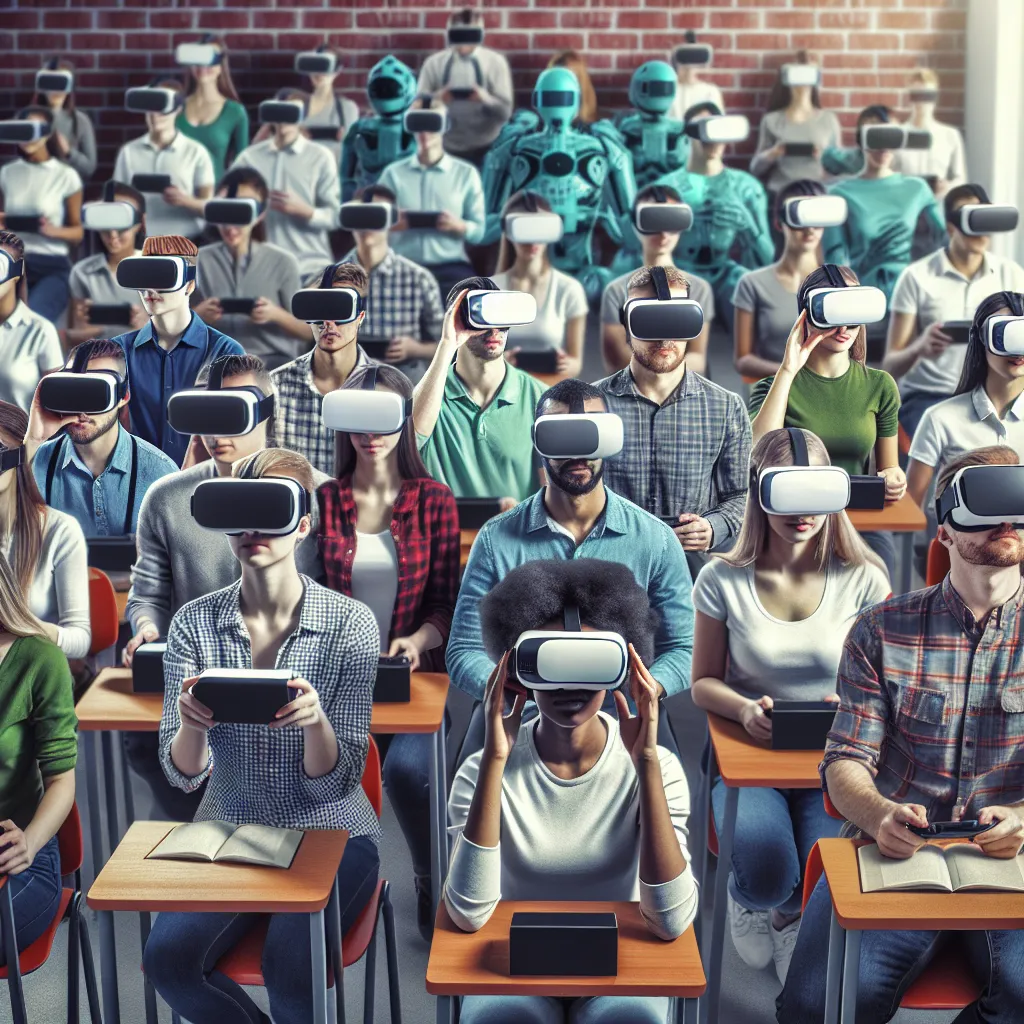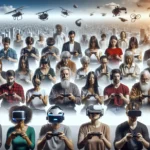Enhancing Learning with Virtual Reality Technology in the Classroom
Virtual reality (VR) technology has emerged as a powerful tool for enhancing learning in the classroom. By simulating realistic environments and experiences, VR has the potential to revolutionize the way students engage with educational material. The immersive nature of VR allows students to explore concepts in a hands-on manner, leading to deeper understanding and retention of the material.
One of the key advantages of integrating VR into education is the ability to provide interactive and engaging learning experiences. Traditional teaching methods often struggle to capture the attention of tech-savvy students, but VR has the ability to captivate and immerse learners in the subject matter. For example, history students can virtually visit ancient civilizations, science students can explore the inside of a cell, and language students can converse with virtual native speakers, all within the confines of the classroom.
Furthermore, VR technology enables educators to cater to different learning styles. Visual and kinesthetic learners, in particular, can benefit from the interactive and 3D nature of VR experiences. This inclusive approach to learning can lead to improved academic performance and increased confidence among students.
As VR technology continues to advance, the possibilities for enhancing learning in the classroom are limitless. The integration of VR can transform passive learning into an active and dynamic process, ultimately preparing students for the technologically advanced world they will inherit.
Virtual Reality: A Game Changer in Educational Training
Virtual reality (VR) has emerged as a game changer in educational training, revolutionizing the way students learn and practice new skills. With its immersive and interactive nature, VR technology has the potential to significantly impact the education sector, offering a wide range of benefits for both students and educators.
One of the key advantages of incorporating VR into educational training is its ability to provide realistic and hands-on experiences in a controlled environment. This enables students to engage in practical learning activities that may otherwise be costly, dangerous, or simply impractical to conduct in a traditional classroom setting. For example, VR simulations can offer training in fields such as medicine, engineering, and aviation, allowing students to practice complex procedures and scenarios in a safe and realistic virtual space.
Moreover, VR facilitates personalized learning experiences, catering to individual learning styles and pacing. Through customizable simulations and interactive modules, students can explore concepts at their own speed, receive immediate feedback, and track their progress more effectively. This adaptive approach to learning can enhance student engagement and retention, ultimately leading to improved academic performance.
In addition, VR technology has the potential to break down geographical barriers in education, providing access to high-quality learning experiences regardless of a student’s location. Virtual field trips, historical reconstructions, and cultural immersion experiences can transport students to destinations around the world, offering a new level of global awareness and understanding.
Overall, virtual reality stands poised to transform educational training by offering realistic, personalized, and accessible learning experiences. As educational institutions continue to integrate VR into their curricula, the potential for enhancing student learning outcomes and preparing them for real-world challenges becomes increasingly promising.
The Future of Education: Exploring Virtual Reality’s Role in Learning
Virtual reality (VR) has the potential to revolutionize the future of education by providing immersive and interactive learning experiences. As technology continues to advance, the role of VR in education is becoming increasingly prominent, offering students the opportunity to explore, learn, and interact in simulated environments. This cutting-edge technology has the capacity to transform traditional teaching methods by creating a more engaging and dynamic learning environment.
One of the key advantages of VR in education is its ability to accommodate various learning styles and preferences. Students can engage in hands-on learning experiences that cater to visual, auditory, and kinesthetic learners, ultimately enhancing their understanding and retention of complex concepts. Additionally, VR can transport students to diverse locations, historical eras, or even microscopic realms, providing a level of immersion and experiential learning that is unparalleled by traditional textbooks or lectures.
Furthermore, the interactive nature of VR allows for collaborative learning experiences, where students can work together in virtual environments to solve problems, conduct experiments, or explore simulations. This fosters teamwork, communication, and critical thinking skills, which are essential for success in the modern workforce.
As the potential of VR in education continues to be explored and harnessed, it is evident that this technology will play a significant role in shaping the future of learning. With the continued development of educational VR content and the integration of VR tools into curricula, students can look forward to a more immersive, personalized, and impactful learning experience.



